Rail Gunner Is The Ultimate Trainwreck Of Future Shooters
Hello everyone. So let’s talk about Rail Gunner, a game that proudly marches out of the gate declaring itself to be the savior of rail shooters, and somehow manages to trip over its own shoelaces before it even makes it to the platform. The pitch is straightforward enough: defend your train against waves of AI-controlled robots while juggling voxel explosions, power-ups, and allegedly intelligent enemies that limp, crawl, or skid like malfunctioning Roombas on polished linoleum.
The Premise: Robots on Rails
A sci-fi rail shooter for PC, PCVR, Mac, and apparently even on mobile devices-it’s casting a very wide net, almost suspiciously wide. Free to play with an optional purchase? That sounds like the gaming equivalent of a doctor offering you a “free consultation,” only to later charge you for the surgical tools necessary to stop you bleeding out.
They’ve slapped on features like fully destructible enemies thanks to voxels and physics simulations, which I’ll admit sounds cool in theory. In practice, it’s probably more like particle confetti-amazing for about three minutes, after which you’ll wonder why they spent so much time making tiny robot limbs bounce around like drunken Lego pieces.
AI That’s Supposedly “Neural”
And then comes the crown jewel of marketing fluff: “neural-network AI.” Yes, because nothing screams genuine innovation like anthropomorphizing the act of a robot limping toward you after you’ve shot half of its torso off. In reality, most so-called “neural AI” ends up looking like a random number generator attached to ragdoll physics. This isn’t the rise of Skynet; this is a glorified crash test dummy simulator.
Let me put it in gaming terms: it’s like playing a horror survival title where the zombies are meant to adapt, except they just sort of stumble increasingly pathetically until you’re embarrassed for the code running them. The only neural-network action happening is the neurons in my brain firing in confusion as to why this system is supposed to be impressive in 2025.
Gameplay Structure: Two Modes, Same Flavor
- Chase Mode – Endless pursuit. Sounds exciting until you realize “endless” often means “endlessly repetitive.” You hold out for supply carriages like you’re ordering just-in-time resupply from Amazon while swatting away bargain-bin Terminators.
- Node Assault – Which is fancy language for “go here, blow it up, repeat.” Supposedly, you fight through entrenched enemies to destroy the “brain-train.” Honestly, that name sounds less like a sci-fi juggernaut and more like a low-budget educational cartoon.
Typical first clear clocks in at 10 to 12 hours. That’s respectable, but let’s be real-if your core loop is shooting robots on rails, can you genuinely pull fresh entertainment for half a day? Endless modes always sound great in patch notes; in execution, they usually devolve into a test of who can tolerate tedium for the longest time. Pro tip: it’s not a contest worth winning.
VR “Optional” – Which Really Means “Necessary for Novelty”
Now here’s the inevitable VR mention. “Optional VR” they say, which in most contexts means “we had one intern working in Unity who liked VR, so we left the toggle in.” The unique zooming feature might actually be their best idea: letting you scope far targets while keeping sights on enemies close by. It could add to immersion, sure, but without VR, you’ll probably feel like you’re just playing another generic shooter with extra steps.
This is the problem with VR integration. It’s often tacked on like a prosthetic limb sewn in the wrong spot: fascinating to look at, occasionally useful, but clearly not designed with the core structure in mind.
System Requirements: Surprisingly Reasonable
For once, a developer didn’t decide to demand the power of CERN’s particle accelerator to render a few robots limping after a train. An 8 GB RAM requirement and GTX 1060 minimum means that pretty much any semi-modern rig can handle it. Even the Mac crowd can board the hype train, assuming they’re packing M1 or later chips. Storage requirements? 500 MB. Yes, half a gig. That’s either incredibly efficient or terrifyingly sparse on content. Honestly, your save files from Baldur’s Gate 3 are probably bigger.
Monetization: Free to Play, But Not Really
Ah, the “free to play” hook, the oldest trick in the gaming grimoire. You can download it, sure, but one optional purchase unlocks all weapons and power-ups. Translation: play for free half-gimped, or cough up cash if you want the full arsenal. This isn’t generosity; this is like offering free anesthesia but charging $500 for the scalpel.
And of course, it’s single-player only. Which makes the monetization setup even more annoying-you’re not even subsidizing server costs, you’re just renting your own fun piecemeal.
Release Schedule Shenanigans
Planned release is August 24, 2025. At the time of writing, it’s listed as unlockable “in approximately 1 day and 18 hours.” That level of vague countdown is more reminiscent of a nuclear launch timer than a video game release schedule. It’s classic marketing manipulation-create artificial scarcity and FOMO through countdown clocks. It’s the digital equivalent of those gas station signs that say “special price ends today” for three consecutive years.
Final Diagnosis
To summarize, Rail Gunner positions itself as a blend of old-school rail shooting with new-school buzzwords: voxels, neural AI, VR immersion. The reality is that unless execution is superb, all of these sound more like shiny wrapping paper on the same old box. Don’t get me wrong-there’s potential fun here. Shooting robots in VR while riding a speeding train sounds like a fun weekend diversion, at least until repetition sets in and you begin questioning your life choices.
This is less “revolutionary future of shooters,” and more “science experiment riding slightly ahead of the boredom curve.”
From a medical perspective, I’d compare Rail Gunner to prescribing a placebo-some patients will swear it’s helping, others will notice it tastes like chalk and demand a refund. And just like your average failed conspiracy-laden ’80s cartoon, it promises neural brilliance and brain trains, but really just delivers robots chasing a carriage until they explode into digital sparklers.
Final verdict: Cautiously bad vibes with some slight optimism if the gunplay feels satisfying in moment-to-moment chunks. The VR additions could actually rescue it, but without that headset? Prepare for mediocrity on rails, and a monetization model that asks you to pay for what should have been baseline fun.
And that, ladies and gentlemen, is entirely my opinion.
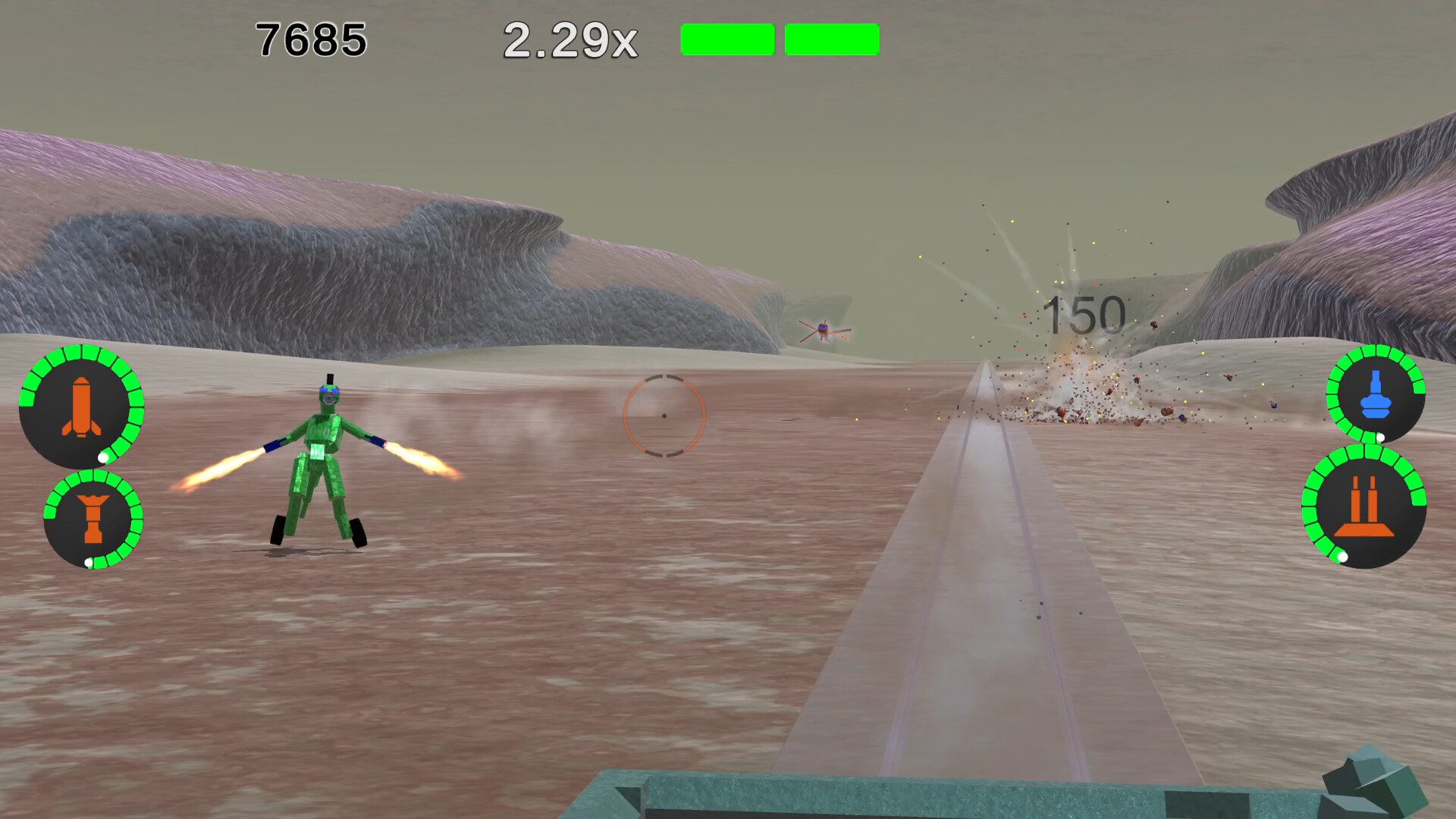
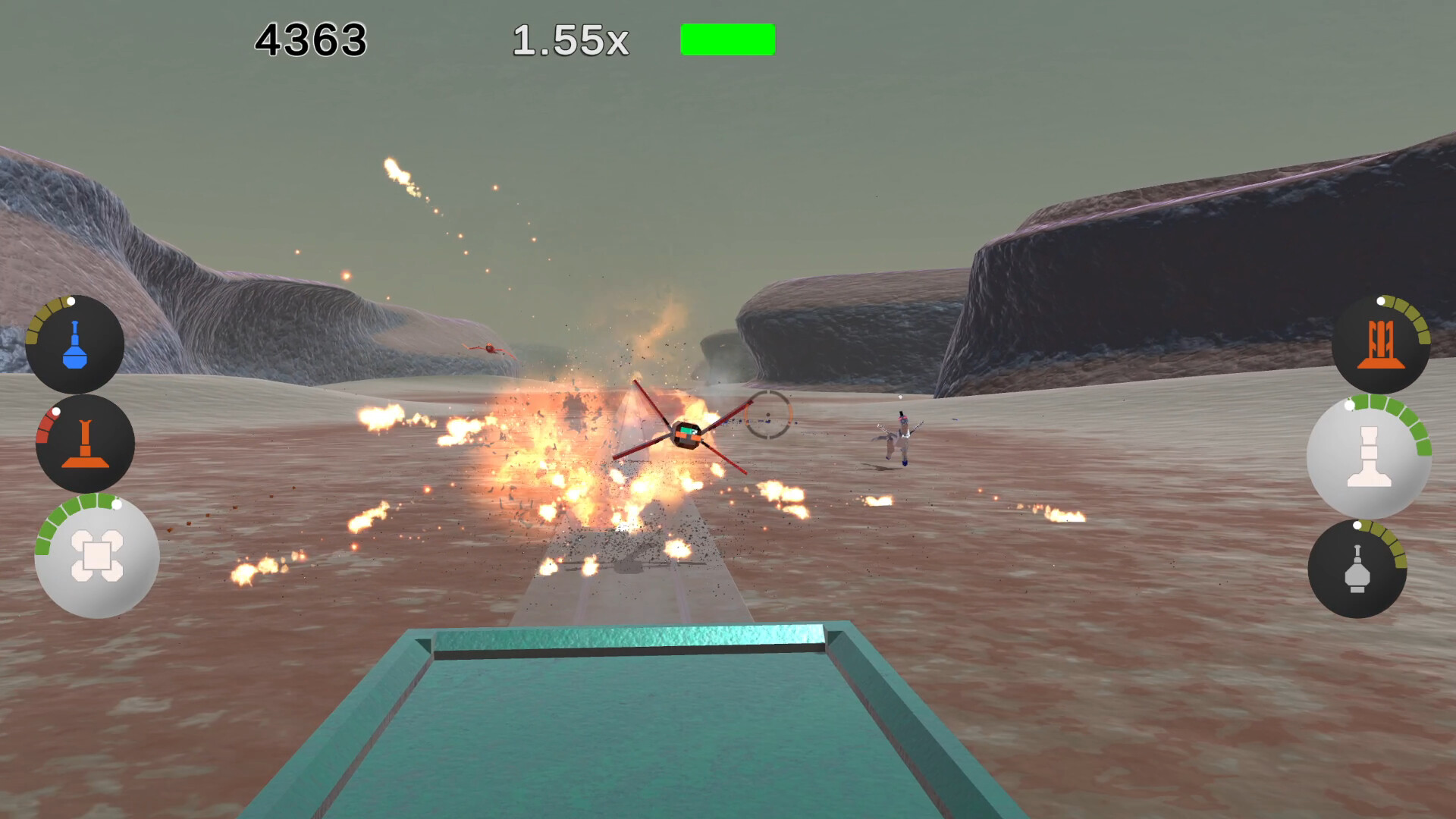
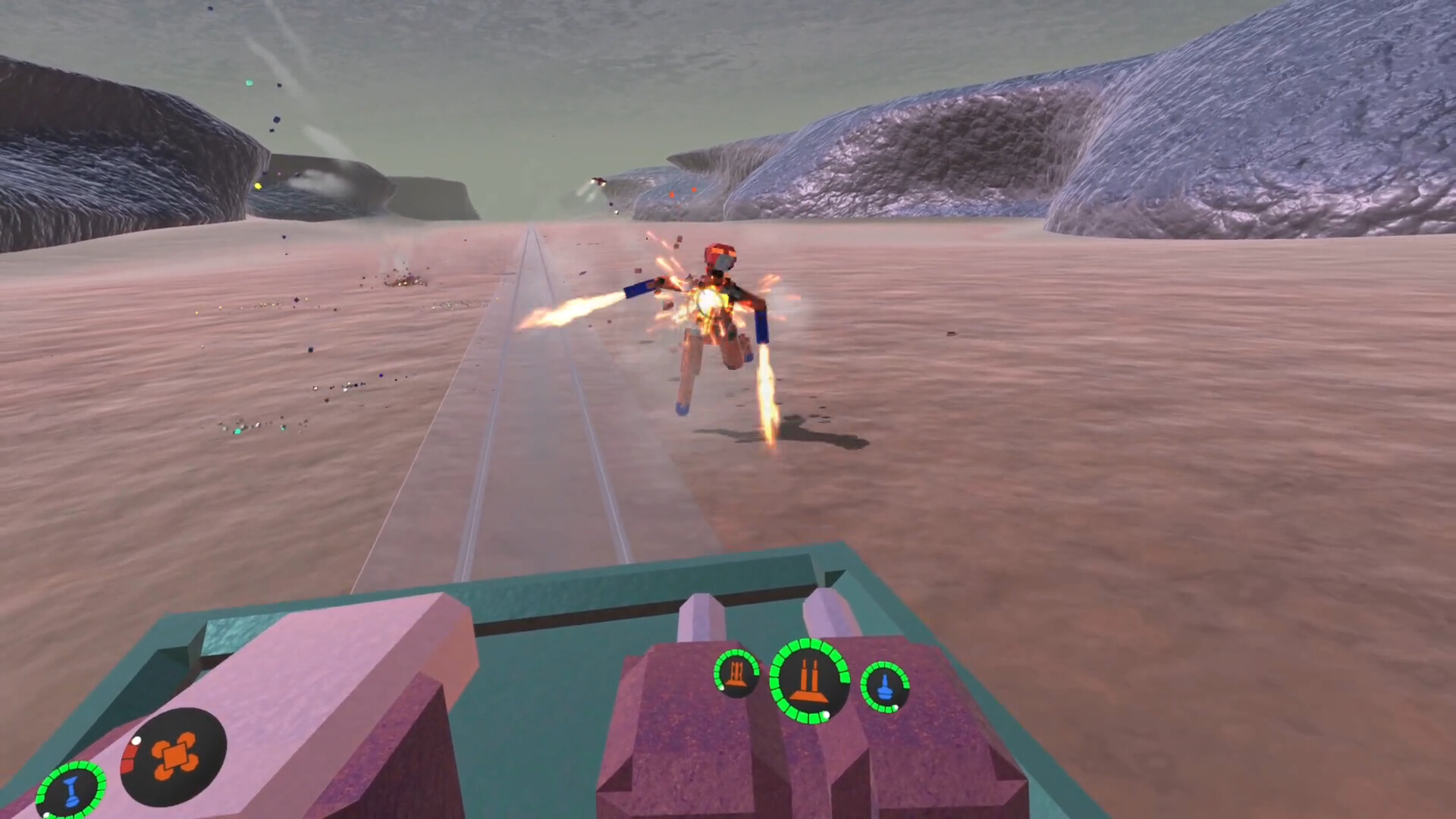
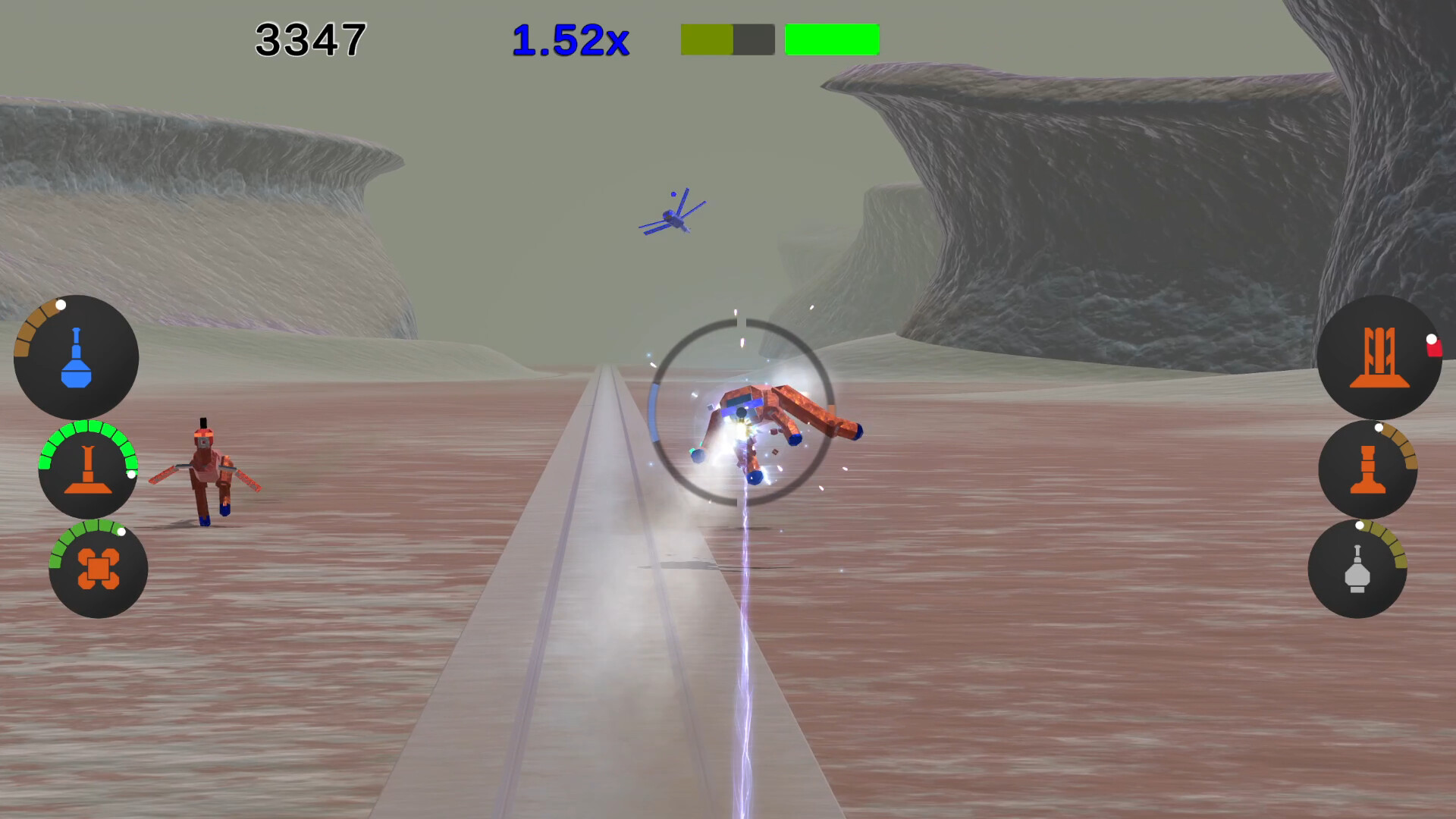

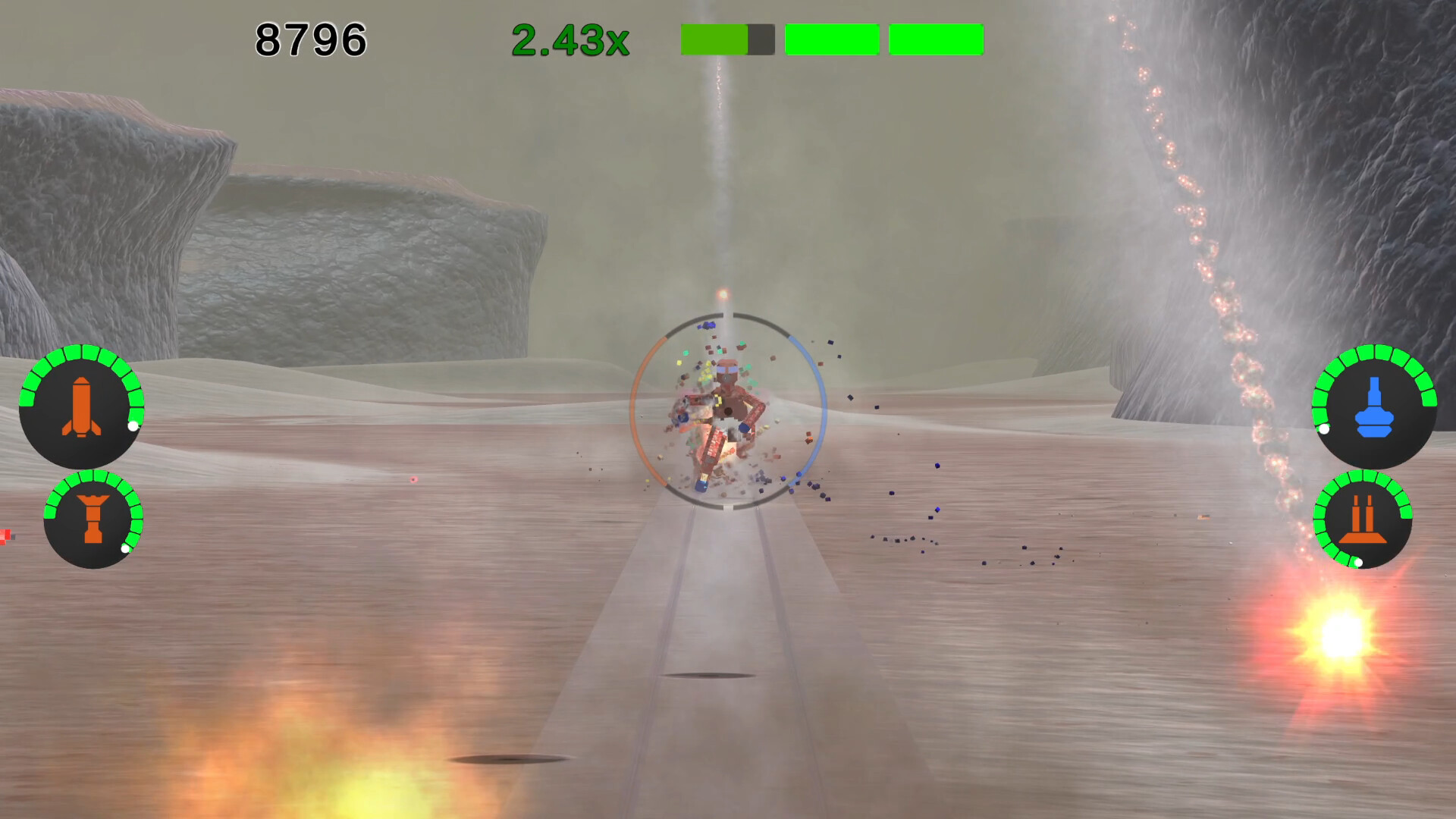

Article Source: Rail Gunner


